The Welcome Bay estuary: who cares?
The following is a digest of the book I have written about the history of the Welcome Bay estuary from the 1920s to the present day.
My great grandparents first settled beside the Welcome Bay estuary in 1920. For almost 100 years members of my family have had an intimate and unique connection with this environment. In her excellent book WETLANDS of New Zealand Janet Hunt writes that "NZ wetlands is a bitter-sweet story in which the good and beautiful smack up against the appalling and abhorrent.” The story of the Welcome Bay estuary exemplifies the ‘bitter’ side of the ledger.
The following story is first and foremost an observational record of what has happened to the Welcome Bay estuary over a period of almost 100 years. But it also examines the reasons why the estuary has been let down so badly and chronicles the failures of local government. It is written as a cautionary tale, so that other fragile and unspoiled environments may fare better than the Welcome Bay estuary when urbanisation encroaches.For this account the Welcome Bay estuary is defined as the area west of a line drawn from Rotary Park on the Maungatapu peninsula to Tye Park in Welcome Bay (see map below).
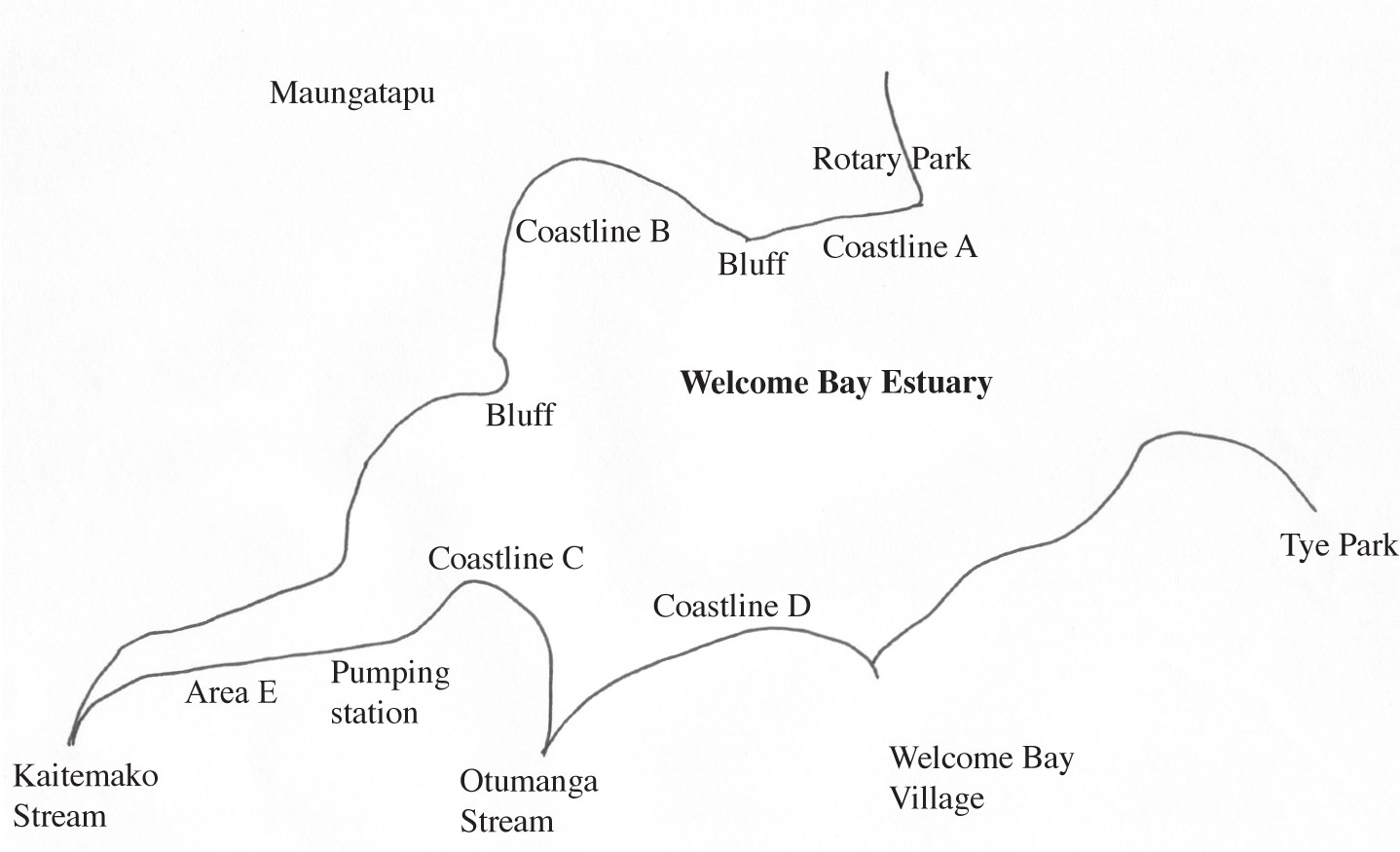
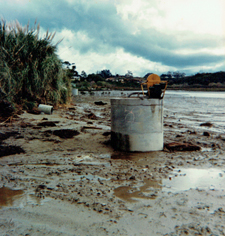
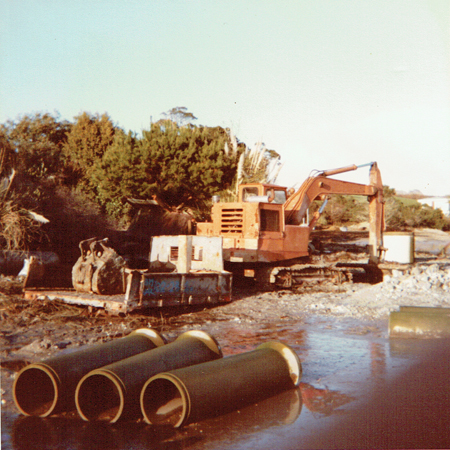
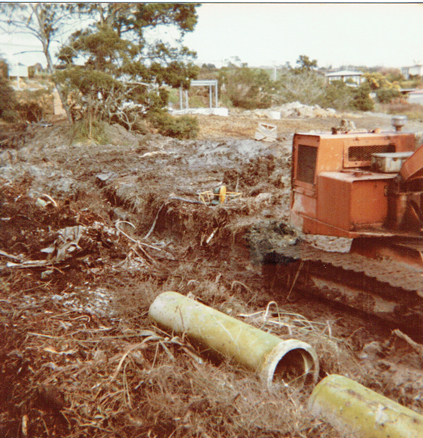
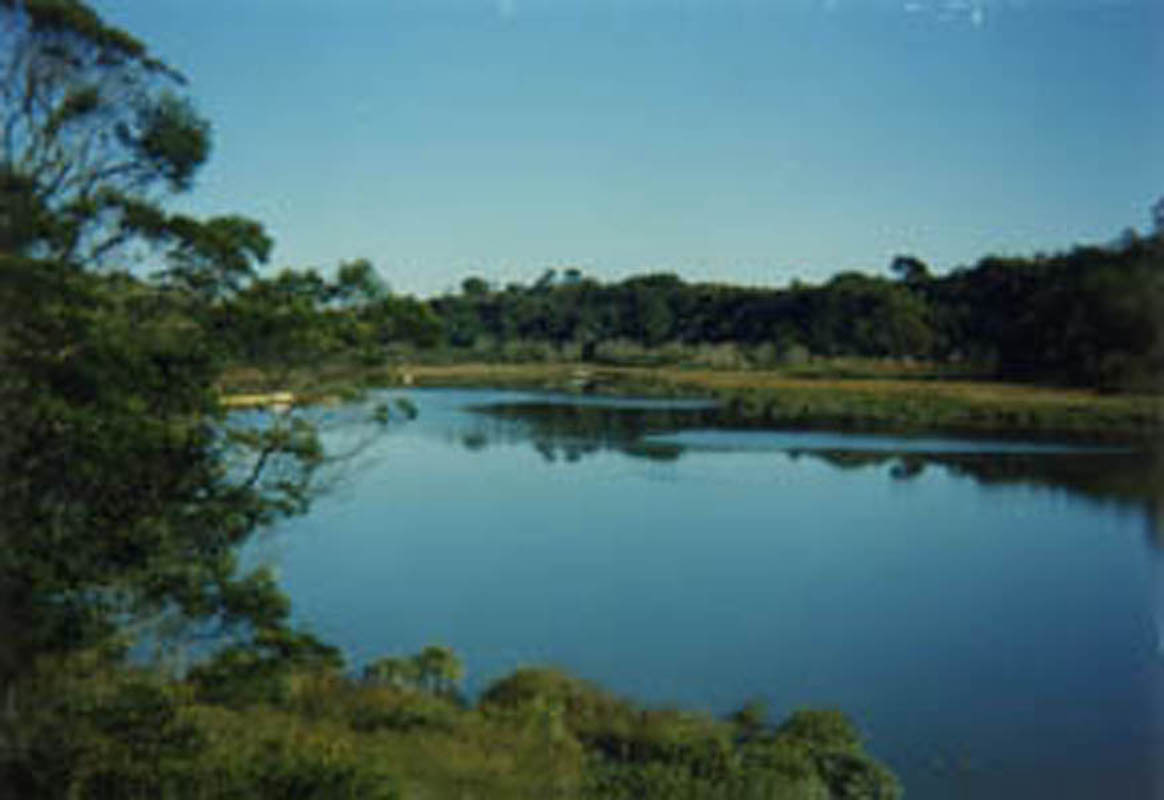
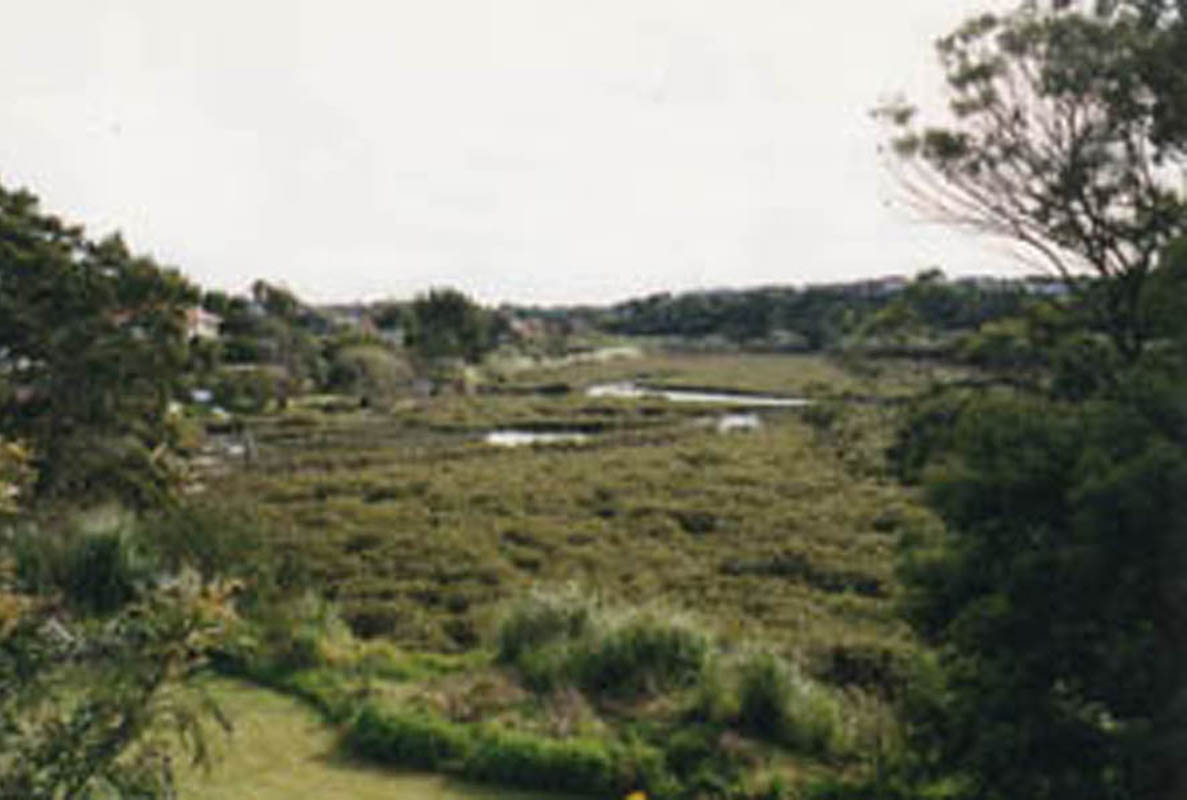
Associated with the problem of siltation and mangrove invasion is the problem of rubbish. Over the past 35 years the combined efforts of the two Councils have failed to stem not only the flow of silt and sediment but also the discharge of rubbish and debris into the Welcome Bay estuary. The mangroves that thrive in the silt laden mud flats have over the decades since the late 1970s trapped beneath them large amounts of debris and rubbish, notably at river and stream mouths. While a minuscule but vociferous group of people have demanded that the mangroves be left to take over entire estuaries, they have never pointed out that in areas close to stream mouths these mangroves trap large amounts debris and rubbish including stones, glass, and plastics of every type and description. The removal of mature mangroves in an area of the estuary at the end of Waitaha Road illustrates the point. When the mangroves were removed mechanically in 2011, this revealed about 7000 square metres of estuary where there was a build up of dirt, stones, rubbish and debris, as well as two large unhealthy drains extending out into the estuary.
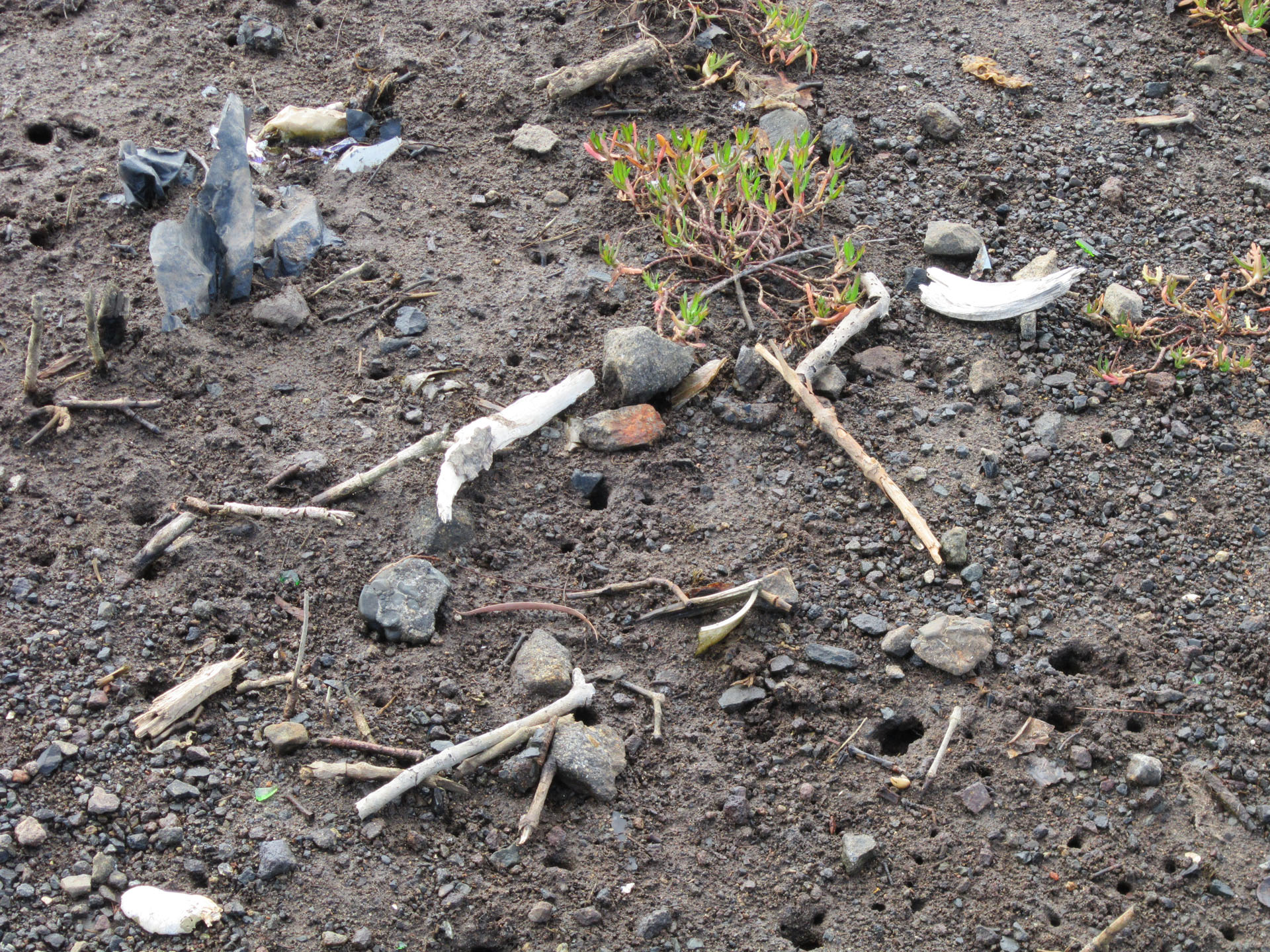
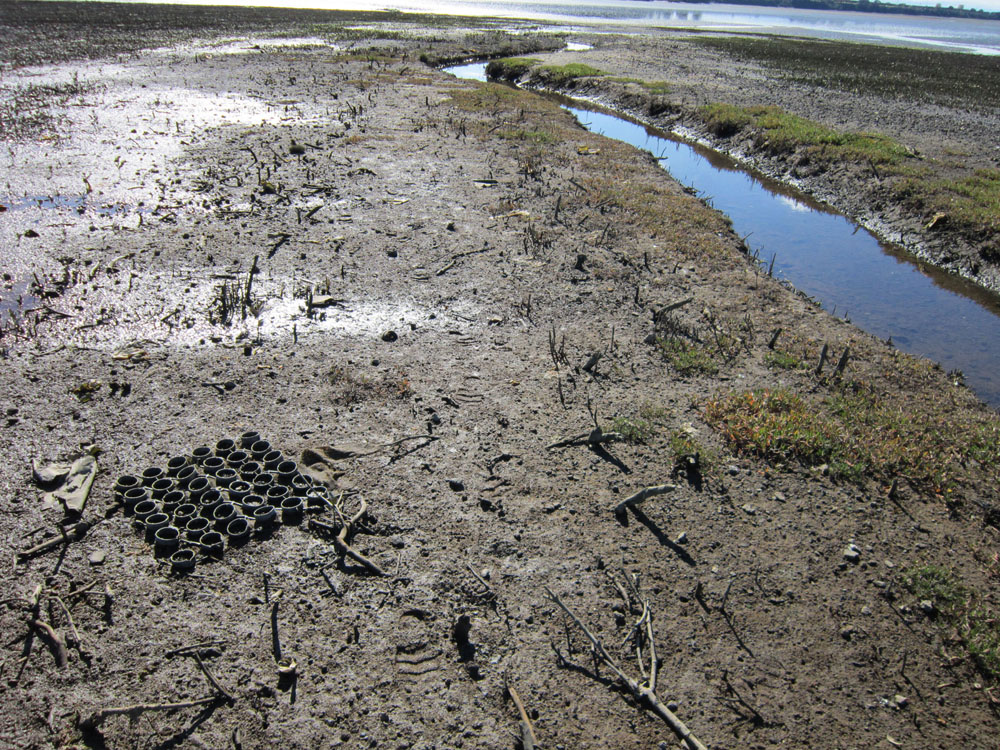
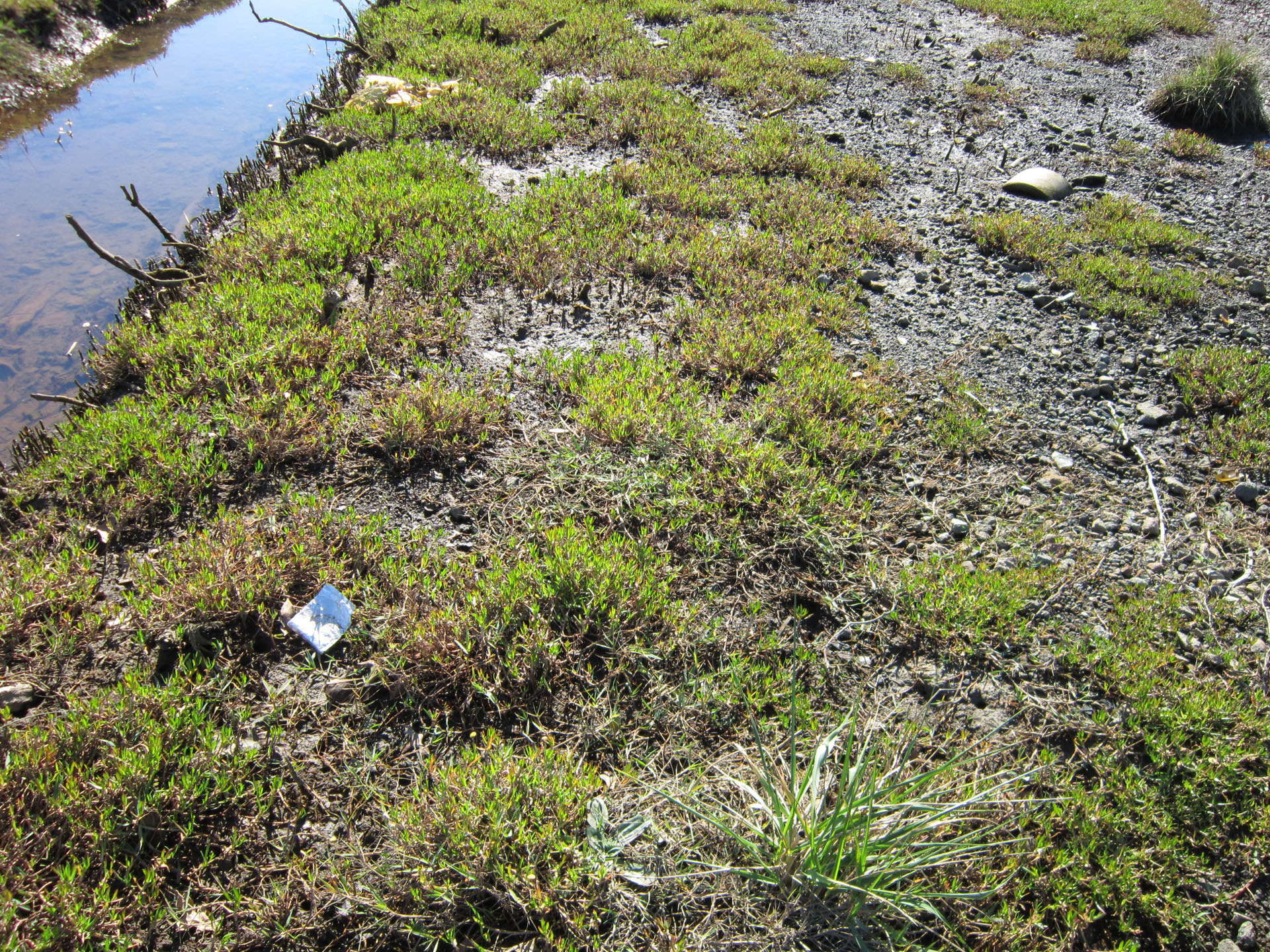
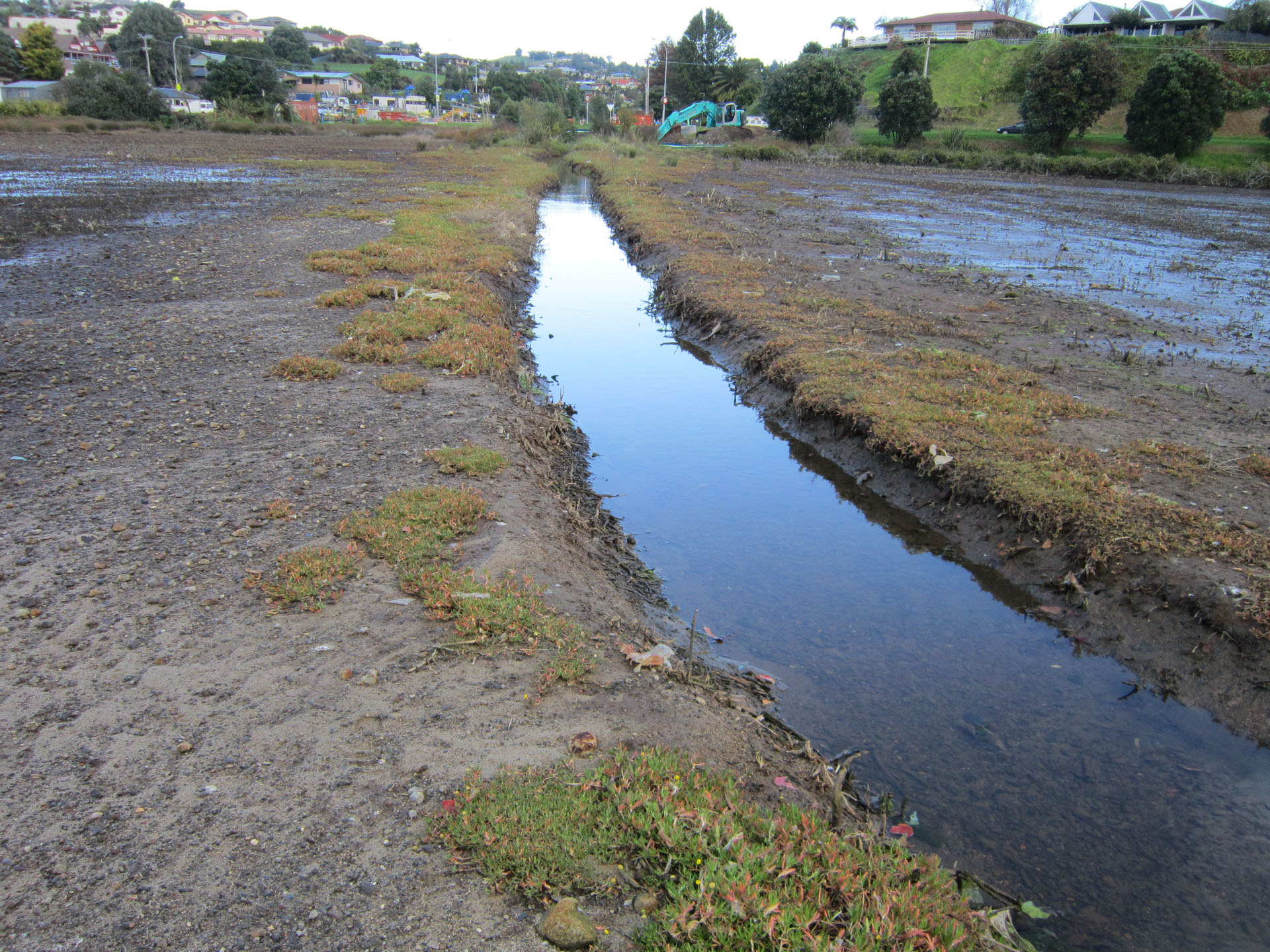
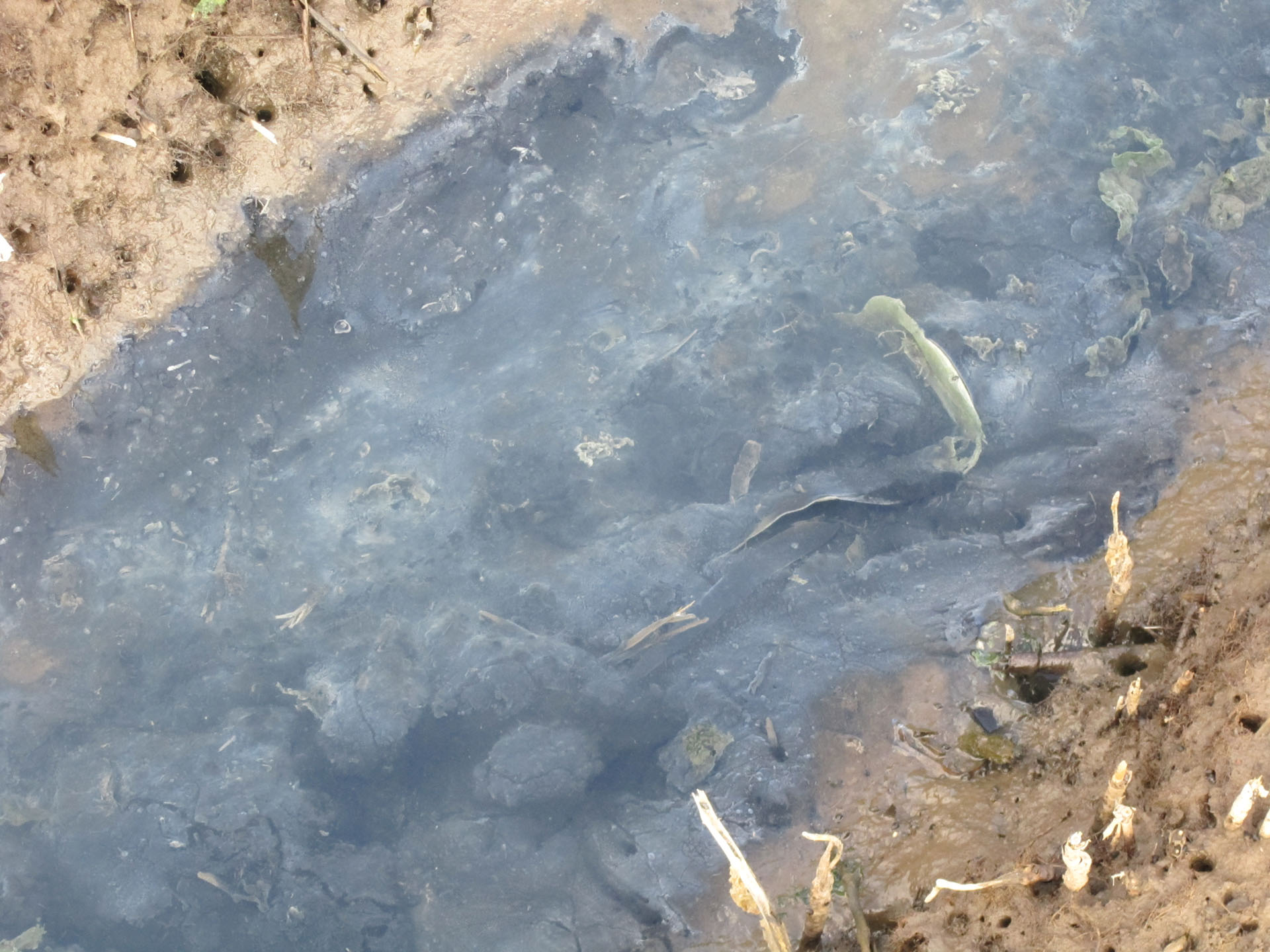
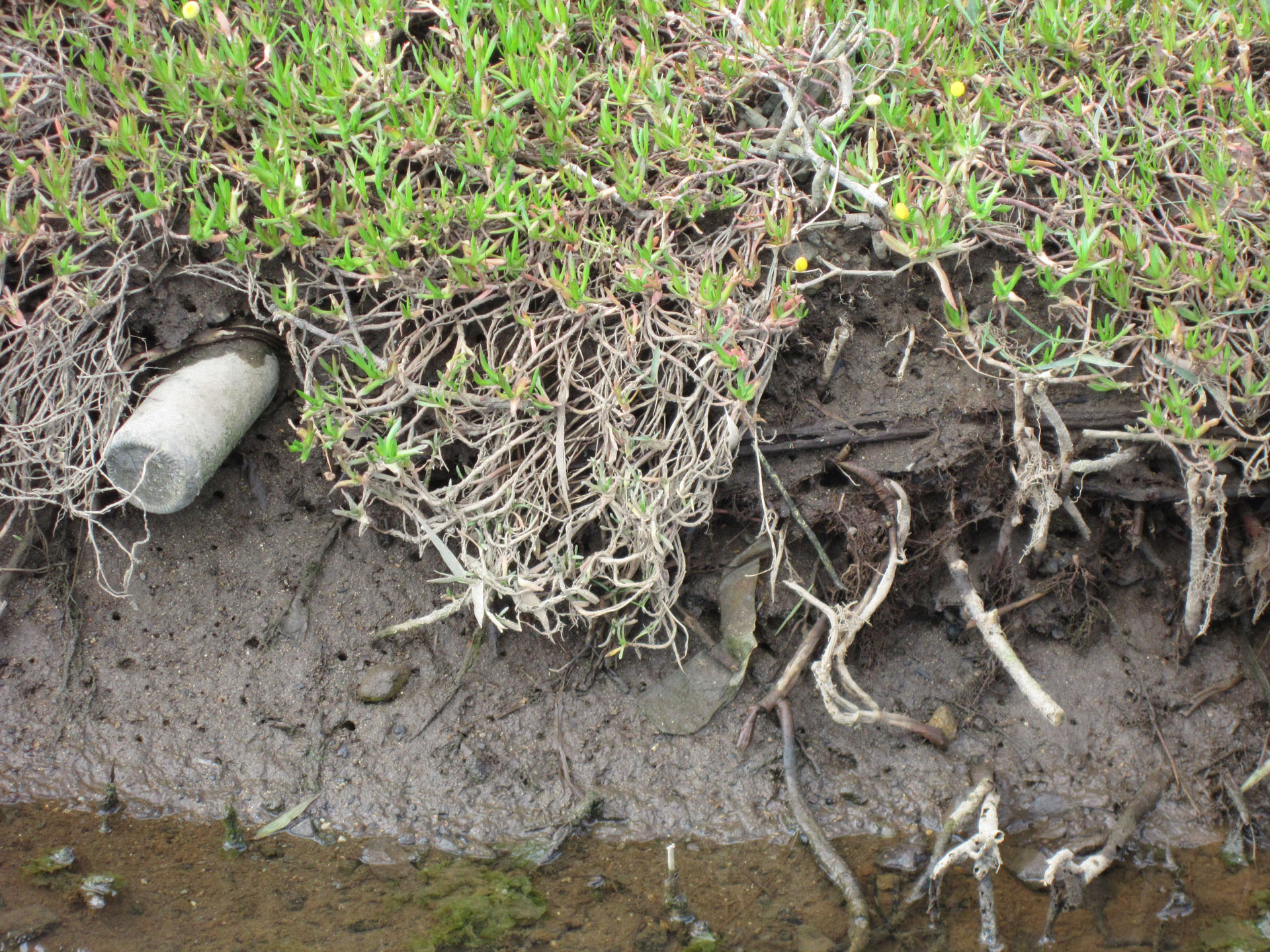
The mangroves in the western reach of the estuary mask a similar situation. A small patch of these, close to my family's property, were also removed in 2011, to reveal a build up of rubbish and debris, much of which still sits beneath the surface. An effort to excavate just a few square metres of this area resulted in the retrieval of a tyre, a Harcourt’s real estate sign (see picture) and all sorts of other debris and rubbish, all completely buried.
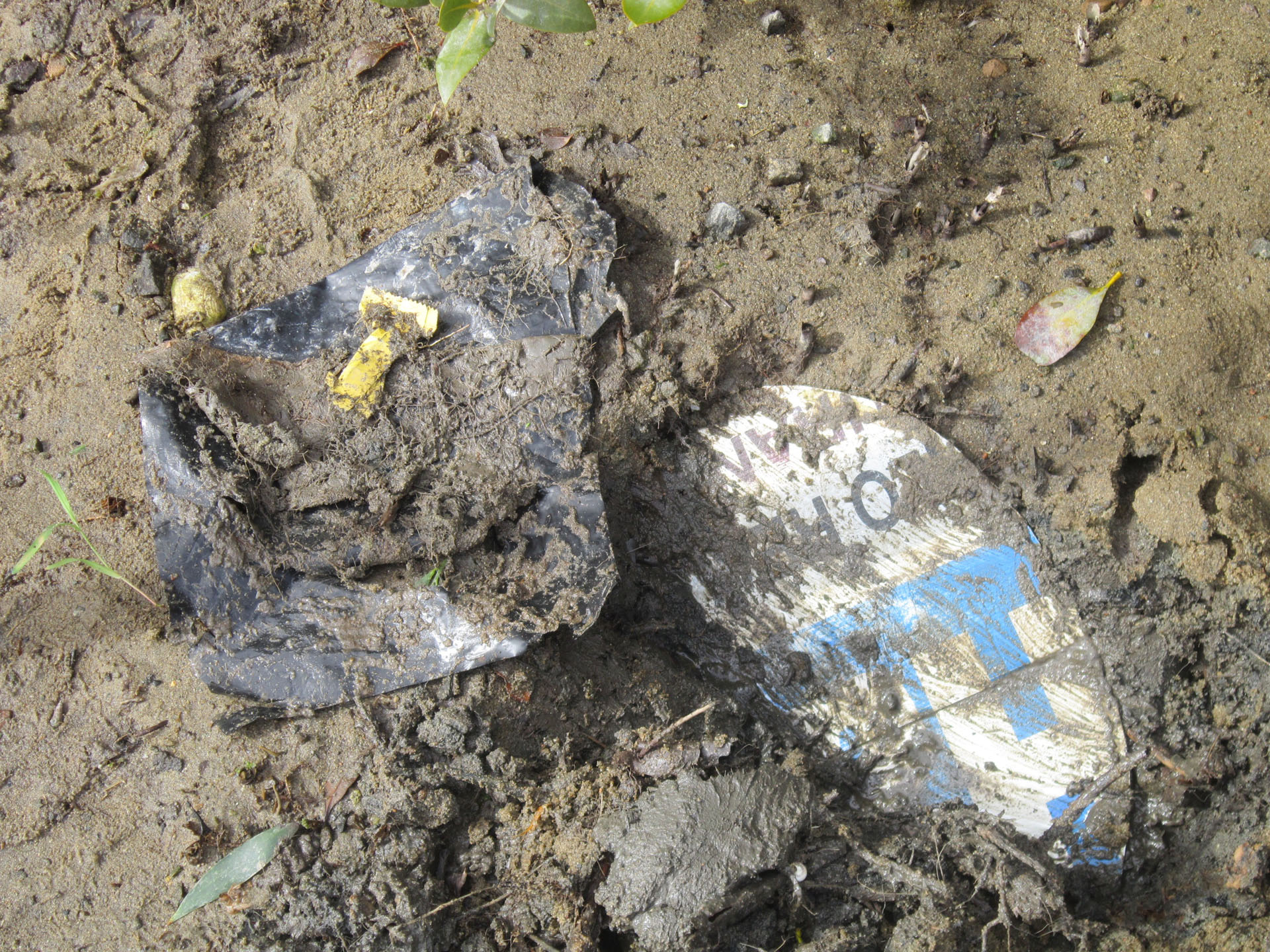
It became apparent in the early 1980s that TCC, and later regional Council, were never going to take adequate measures to reduce the amount of silt and rubbish entering the Welcome Bay estuary and that the area of rubbish infested mangroves could only increase incrementally; it was therefore up to the residents themselves, without any Council support, to do whatever they could to save the estuary. For further information about the impact of silt and rubbish on the Welcome Bay estuary and the author's personal response to this, see Environmental Care Gallery.)
In 2009 a dispute between the Mayor of
Tauranga, Mr Crosby, and many waterfront residents broke out. In that
year residents discovered, by chance, that TCC had placed a large
setback upon their properties, without their knowledge, on the grounds
of environmental protection. Two aspects of the way the setback was imposed on private properties without owners’ knowledge were particularly distasteful. Firstly, property owners found that for several years they had been paying rates on what they thought were unencumbered freehold properties, when in fact TCC had changed the legal status of these properties through the imposition of setback. Secondly, property owners struggled to visualise a genuine consultative and decision making process in which property owners were conspicuous by their total absence! While the dispute has essentially been a political one, in which Mr Crosby’s belief in the autocracy of local government has clashed with property owners’ democratic instincts (see Setback for full account), it is the environmental ramifications that are significant in the context of this book.
There was a strong belief among many property owners that if Mr Crosby and his planners felt that they needed to place setback on private property on the grounds of environmental protection, and to do so without proper notification and consultation, then affected property owners in turn could expect that Mr Crosby and his planners would also take their own responsibilities for the care of our estuaries very seriously. Consequently a spotlight was directed on the state of the Welcome Bay and Waimapu estuaries under Mr Crosby’s watch and the quality of care was found wanting. Furthermore, it was felt that if Mr Crosby and his planners believed that they needed to place setback on private property on the grounds of environmental protection, then they for their part should be accountable for their own record of care for these estuaries. Consequently Mr Crosby was asked to explain how TCC was meeting its obligations of care for the Welcome Bay and Waimapu estuaries. He was even supplied with a copy of TCC’s objectives and policies as well as those of other agencies and asked how TCC was meeting these objectives and policies. However, Mr Crosby's position was that while TCC should impose its bureaucracy on private property on the grounds of environmental protection, it should not be held accountable for its own care of these same estuaries. So CEO Mr Poole was then approached and asked to provide the assessment of TCC’s care for the Welcome Bay and Waimapu estuaries that Mr Crosby was refusing. He responded that he was not prepared to express an 'opinion'. When it was put to him that he was not being asked to express an opinion but rather to provide some sort of objective assessment, he again replied curtly that he was not prepared to provide an 'opinion'. Mr Poole's and Mr Crosby’s responses showed that the effectiveness of their policies was not a subject open to discussion.
Despite these negative responses, our community continued to seek better care for our estuaries. Several requests of TCC to improve the health of the Welcome Bay and Waimapu estuaries have been made but no positive response has been given. Most recently twelve requests were submitted to the Tauranga City 10 Year Plan deliberations. As we could not find any response to these requests, I wrote to Mr Poole, listing several of them and asking him just to circle yes / no as to whether TCC would accede to any of them. However, he found this task too onerous and no response was received.
In conclusion, while I have deplored the standard of care given to the Welcome Bay estuary by Councils over a period of 35 years, this would not have prompted me to write this account. Rather it has been local government dishonesty and hypocrisy that has been the catalyst for this book. (If in 2009 Mr Crosby had not taken such an intransigent and unconciliatory line and had instead accepted that property owners should have been involved in the process by which TCC placed restrictions on their properties, then this book would not have been written.) The Crosby years have been unkind to our estuary environments and to some members of our estuary communities. Many property owners believe that having a setback placed on their property by an organisation that is not providing good environmental care and does not accept any accountability for this is a form of hypocrisy. It has been said that people can forgive politicians everything except hypocrisy.
Many waterfront ratepayers have welcomed the 2016 retirement of Mayor Crosby and are looking forward to a new leadership that:
will recognise the role played by the estuaryside communities in looking after our estuaries;
will not treat this community as some sort of enemy;
will engage with this community over issues affecting their private property;
will be honest and open about how our estuaries are performing;
will not hide behind written policies and spin;
will prefer to spend $100,000 of ratepayers’ money on the real environment rather than on bureaucracy and self-image.
With such leadership maybe our estuaries will fare better in the future.